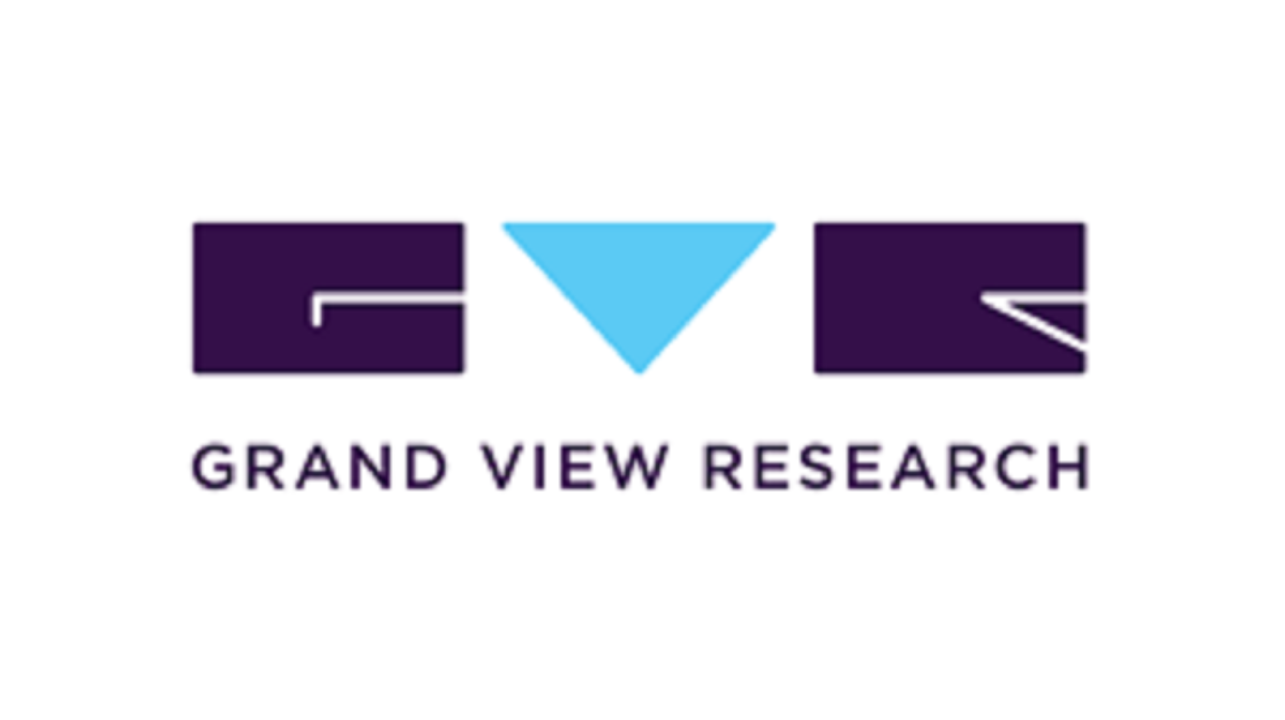The global lung adenocarcinoma treatment market size was estimated at USD 6.08 billion in 2024 and is projected to reach USD 11.18 billion by 2030, growing at a CAGR of 10.7% from 2025 to 2030. The market growth is fueled by several key factors, including the rising prevalence of lung cancer, significant advancements in targeted therapies and immunotherapies, growing awareness and screening initiatives, and increased investments in research and development aimed at improving patient outcomes.
These drivers are shaping the landscape of available treatment options for patients diagnosed with lung adenocarcinoma. As per the World Health Organization (WHO), lung cancer primarily consists of two major types: Non-Small Cell Lung Carcinoma (NSCLC) and Small Cell Lung Carcinoma (SCLC). Lung adenocarcinoma, which is a subtype of NSCLC, originates from the epithelial cells in the lungs and represents a significant portion of lung cancer cases.
The rising incidence of lung cancer globally is a critical factor boosting market demand. According to the Lung Cancer Research Foundation, approximately 238,340 people in the U.S. were diagnosed with lung cancer in 2023. Statistically, 1 in 16 individuals will develop lung cancer over their lifetime, with the disease affecting 1 in 16 men and 1 in 17 women. Factors such as increasing smoking prevalence in certain regions, along with environmental risks like air pollution and occupational hazards, have contributed to this growing incidence. Consequently, the increasing number of lung adenocarcinoma cases is driving the need for more effective and advanced treatment options, thereby supporting the market’s expansion.
Key Market Trends & Insights:
• In 2024, the North America lung adenocarcinoma treatment market held the largest revenue share of 39.5%, establishing the region as a dominant player in the global market. This leadership can be attributed to factors such as advanced healthcare infrastructure, widespread availability of cutting-edge treatment options, higher healthcare expenditure, and a strong focus on cancer research and early diagnosis programs.
• Within North America, the U.S. emerged as the leading market for lung adenocarcinoma treatment in 2024. The country’s dominance is supported by its well-established healthcare system, extensive research and development initiatives, high awareness levels regarding lung cancer, and proactive government policies promoting cancer screening and innovative therapies.
• When analyzed by treatment type, the chemotherapy segment accounted for the largest revenue share of 36% in 2024. Chemotherapy remains a widely adopted treatment option due to its proven efficacy in managing and controlling tumor growth, particularly in advanced stages of lung adenocarcinoma. Its broad clinical adoption, combined with ongoing improvements in chemotherapy regimens and supportive care, continues to drive demand for this treatment option.
• By end-use, hospitals accounted for the largest revenue share of 63.9% in 2024. Hospitals serve as the primary point of care for lung adenocarcinoma patients due to their comprehensive facilities, availability of specialized oncology departments, access to advanced diagnostic tools, and the ability to provide multidisciplinary treatment approaches. This high utilization of hospital services highlights the critical role that institutional care plays in the management and treatment of lung adenocarcinoma.
Order a free sample PDF of the Lung Adenocarcinoma Treatment Market Intelligence Study, published by Grand View Research.
Market Size & Forecast:
• 2024 Market Size: USD 6.08 Billion
• 2030 Projected Market Size: USD 11.18 Billion
• CAGR (2025-2030): 10.7%
• North America: Largest market in 2024
• Asia Pacific: Fastest growing market
Key Companies & Market Share Insights:
Some of the prominent companies operating in the lung adenocarcinoma treatment industry include Pfizer Inc., AstraZeneca, and Bristol-Myers Squibb Company. These leading players are actively working to expand their market presence through the launch of innovative products, strategic collaborations, and the adoption of diverse growth strategies to strengthen their positions in the competitive oncology market.
Pfizer Inc. is a major contributor to advancements in lung adenocarcinoma treatment, offering a range of targeted therapies and immunotherapies aimed at improving patient outcomes. The company places a strong emphasis on precision medicine, developing therapies tailored to specific genetic mutations and biomarkers in patients. Through extensive research initiatives, clinical trials, and strategic partnerships, Pfizer continues to enhance its oncology portfolio, providing more effective and personalized treatment options for individuals diagnosed with lung adenocarcinoma.
AstraZeneca is another key player, focusing on the development of targeted therapies and immunotherapies designed to increase treatment efficacy and patient survival rates. The company has introduced innovative drugs, including EGFR inhibitors and immune checkpoint inhibitors, that address various stages of lung adenocarcinoma. With a strong commitment to research, clinical development, and strategic alliances, AstraZeneca continues to expand its oncology portfolio, advancing patient care and offering more comprehensive treatment solutions in the lung adenocarcinoma segment.
Key Players
• Pfizer Inc.
• AstraZeneca
• Bristol-Myers Squibb Company
• Eli Lilly and Company
• Boehringer Ingelheim International GmbH
• Novartis AG
• Merck KGaA (EMD Serono)
• AbbVie Inc.
• Astellas Pharma Inc.
• F. Hoffmann-La Roche Ltd
Explore Horizon Databook – The world's most expansive market intelligence platform developed by Grand View Research.
Conclusion:
The global lung adenocarcinoma treatment market is experiencing significant growth, driven by factors such as the increasing prevalence of lung cancer, advancements in treatment options, and rising awareness and screening efforts. North America currently holds the largest market share, with the U.S. leading in revenue generation. Chemotherapy remains the dominant treatment modality, while immunotherapy is emerging as the fastest-growing segment. Hospitals continue to be the primary end-use setting for these treatments. The Asia Pacific region is expected to witness the highest growth rate during the forecast period, reflecting a shift towards more advanced treatment options and improved healthcare infrastructure.


